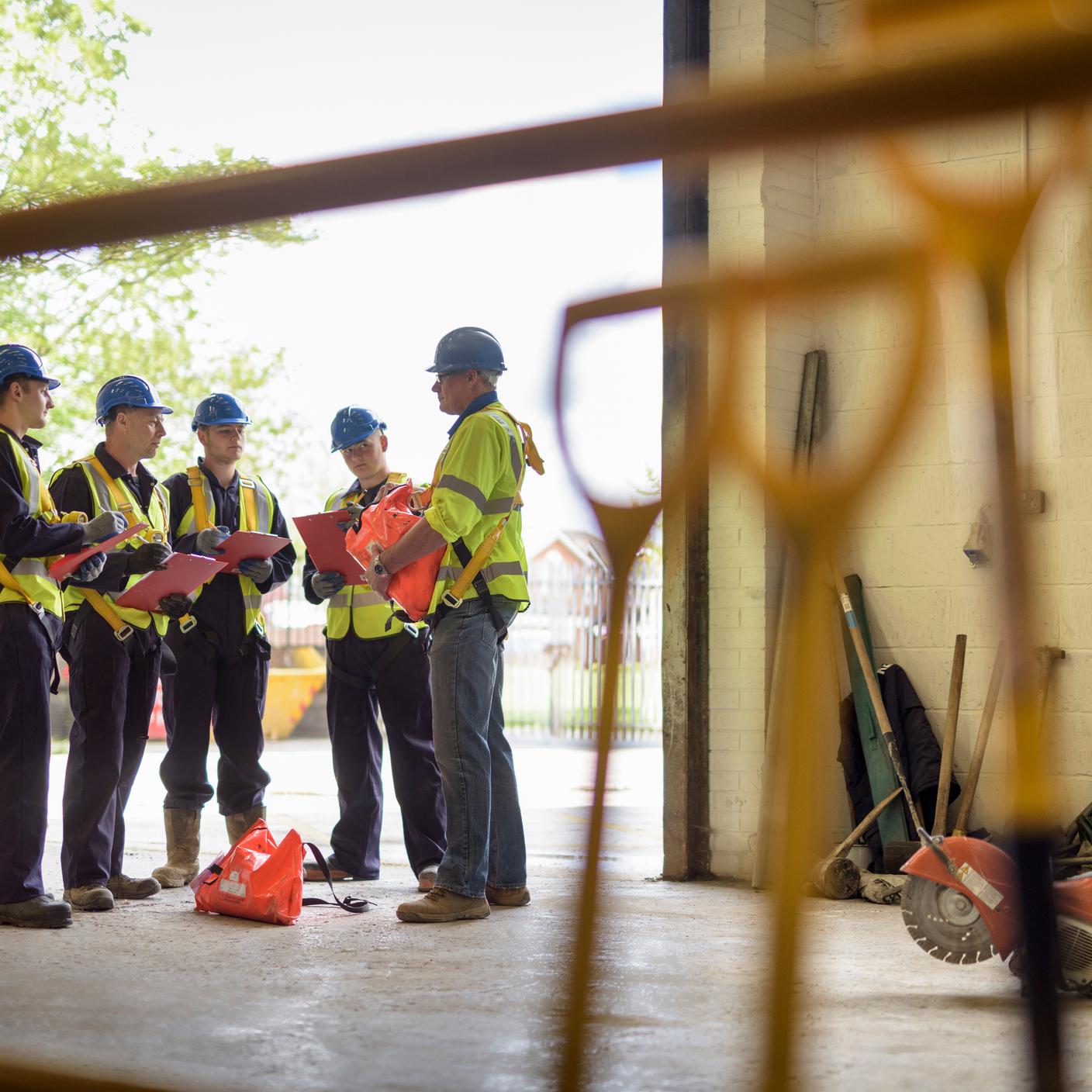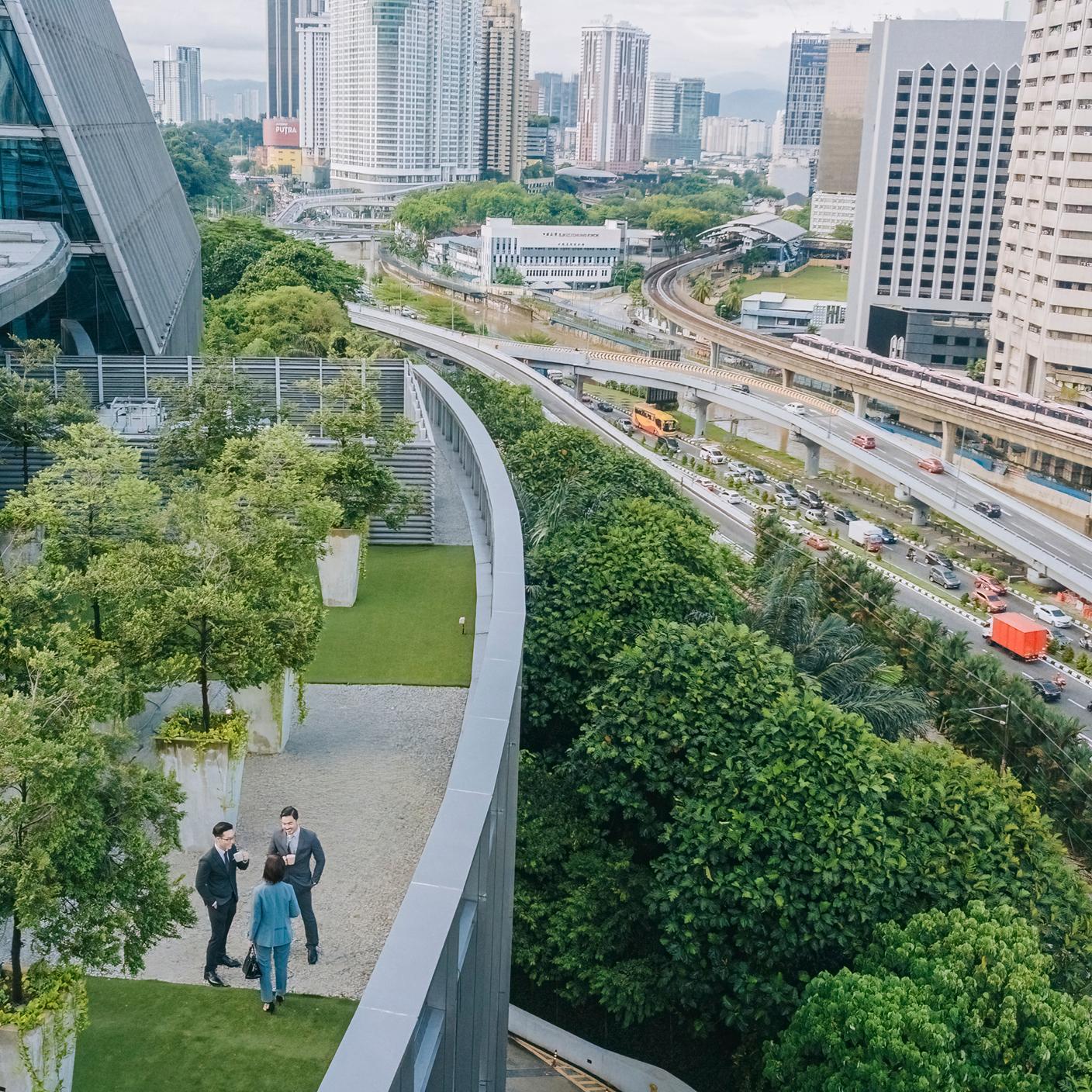As the US gears up for major infrastructure projects and construction initiatives in 2024, the safety protocols for the seasonal and migrant workforce must improve. These necessary yet vulnerable workers take on some of the most hazardous duties, like highway repairs, skyscraper assemblage, and powerline installations. Yet seasonal staff often lack adequate training and preparation before starting complex assignments.
Workforce risks
Construction accidents lead to over 1000 fatalities in our industry every year, and migrant crews see a disproportionate share of injuries and mortalities since they tackle more dangerous tasks without enforced safety policies. The Bureau of Labor Statistics reports that 14 percent of all work-related fatalities in 2021 were to foreign-born Hispanic or Latino workers while construction trades occupations that same year saw the highest number of fatal injuries (228) among foreign-born Hispanic or Latino worker deaths. This occupation accounted for nearly one third (31.4 percent) of all fatalities among foreign-born Hispanic or Latino workers.
Communication barriers also impede understanding of safety procedures while pressure to deliver on shortened project timelines results in negligence towards protocols. Adding to their burden, such tight deadlines and goals compromise the priority placed on personal protection.
Winter is the best time to act
As project and budget planning commences over the winter months, safety leaders have a responsibility to address the unique challenges confronting temporary construction labor before work begins. Areas to address include:
- Lack of training and preparedness.
- Language and communication barriers.
- Conflicting cultural attitudes to safety.
- Overemphasis on speed over precaution.
- Fear of reporting injuries or hazards.
- Unawareness of legal protections and employment rights.
Targeted education programs, accessible safety materials, and strict legal protections can better equip transient workforces before next year's projects. Employers also need guidance to encourage safety best practices without the risk of labor law violations.
For example, the Infrastructure Investment and Jobs Act (IIJA), most commonly known as the Bipartisan Infrastructure Law Investment and Jobs Act, devotes record funding toward critical upgrades like road maintenance, clean energy grids, access to safe drinking water, and cybersecurity. This demands an unprecedented upscaling of temporary construction employment.
Everyone deserves a safe workplace
Seasonal spikes in construction employment should not create loopholes that risk more injuries and fatalities. All workers merit safe conditions and the training to protect themselves. As industry leaders, we must address unique challenges for transient labor before projects ramp up. The coming months provide a critical window to implement stronger safety protocols without disruptions later on.
Read more from Joe in Mental health in the construction sector. Visit BSI’s Experts Corner for more insights from our industry experts.








